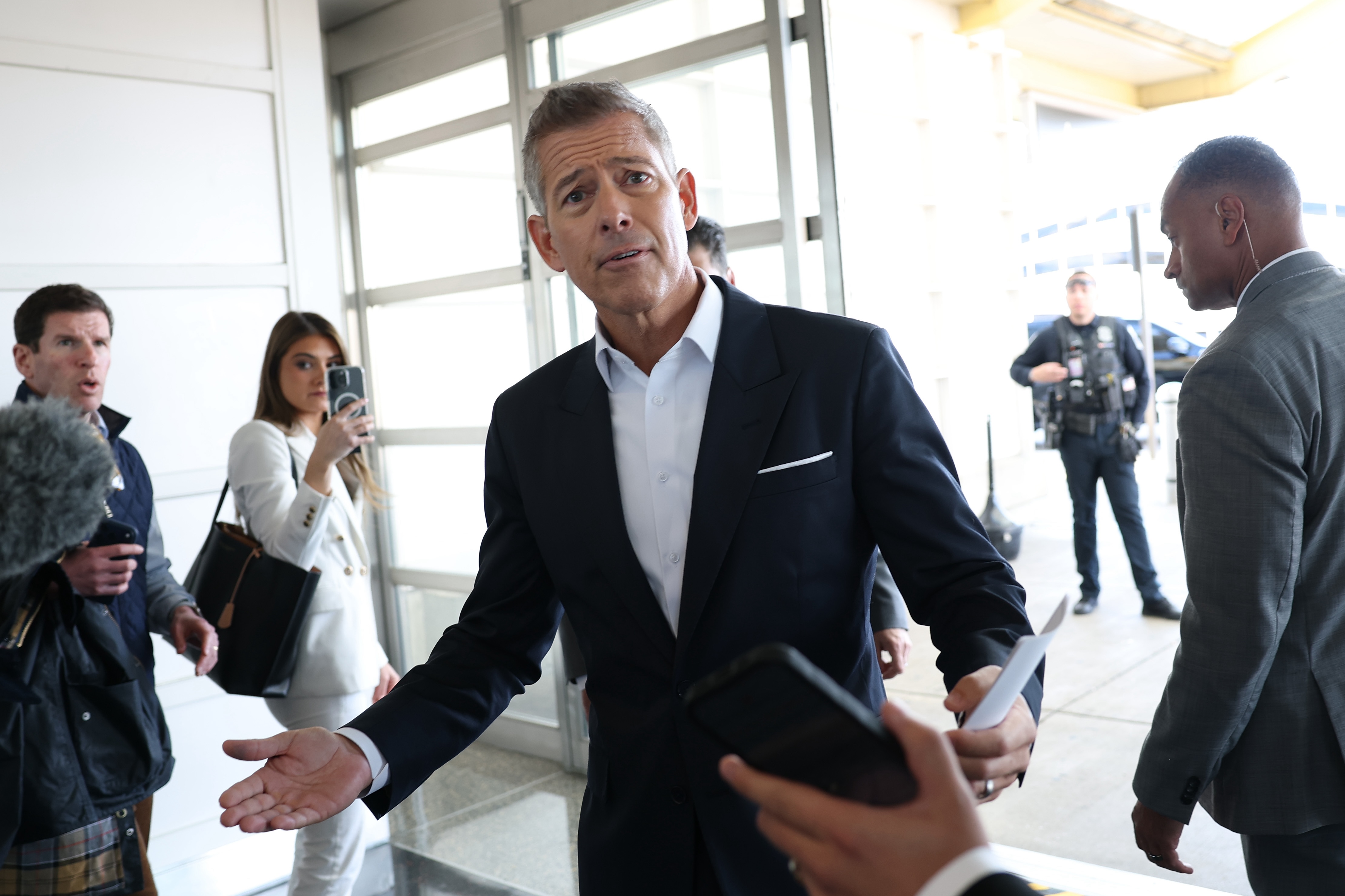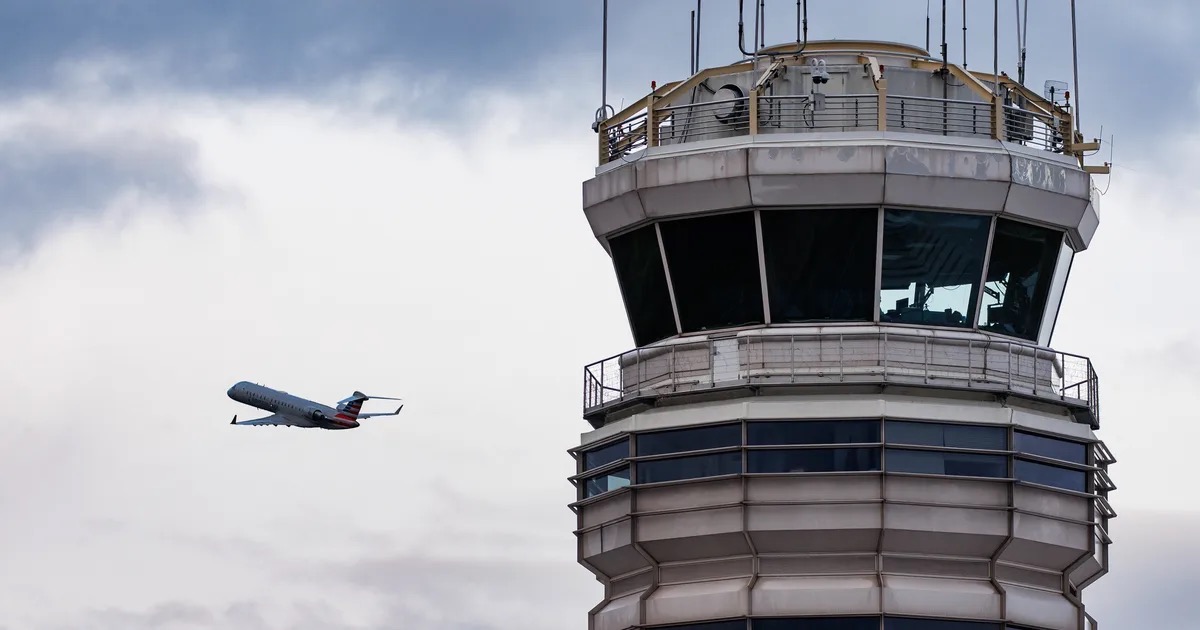As the longest government shutdown in U.S. history stretches into its sixth week, the country’s aviation system is facing mounting strain. A growing number of air traffic controllers are resigning as unpaid workweeks, high stress, and exhausted morale take a visible toll on the nation’s air travel infrastructure.
Air traffic controllers, the backbone of the Federal Aviation Administration’s (FAA) operations, are now making a stark choice: continue working under severe financial and emotional pressure or leave a profession they have trained for over many years. Reports from airports across the country indicate that controllers are resigning daily, citing long hours, missed paychecks, and a sense of futility as key reasons for walking away.
“This has gone beyond stress,” one veteran controller said. “It’s hopelessness. We can’t do our jobs properly when we’re stretched so thin and worried about making rent or buying groceries.” Many controllers who remain on the job are forced to take second jobs, rely on savings, or borrow money to survive, further deepening the strain on their performance and well-being.
The FAA workforce, already dealing with high turnover and staffing shortages, is now under extraordinary pressure. With tens of thousands of federal employees working without pay, the system is struggling to maintain normal operations. Airports are seeing the effects in real time, with flight delays mounting and cancellations rising sharply. In some major hubs, hundreds of flights are being canceled daily, and thousands more are delayed, leaving travelers frustrated and airlines scrambling to adjust schedules.

To cope with the shortfall, the FAA has directed airlines to reduce daily operations by up to 10 percent at the busiest airports. While this measure eases some immediate operational pressure, controllers report that it does little to reduce their workload. They are still responsible for monitoring multiple airspaces, coordinating arrivals and departures, and ensuring safety in increasingly congested skies.
The resignations come at a particularly critical time. Training new air traffic controllers is a lengthy and rigorous process, often taking several years before a trainee can independently manage complex airspace. The departure of experienced controllers not only adds immediate pressure on remaining staff but also creates long-term challenges in rebuilding the workforce once the shutdown ends. The loss of institutional knowledge and operational expertise can take months or even years to recover.
Airlines warn that the flight reductions and cancellations are not sustainable. With the peak holiday travel season approaching, further disruptions could affect millions of passengers and significant volumes of cargo. The economic ripple effects are considerable. Delays and cancellations disrupt business schedules, delay shipments, and force airlines to incur additional costs for crew overtime, fuel, and logistical adjustments. For travelers, missed connections and rescheduled flights translate into lost time, additional expenses, and growing frustration.
The human impact of the shutdown is perhaps the most visible consequence. Controllers describe working in a state of constant fatigue, their focus divided between demanding technical responsibilities and the stress of financial insecurity. Many say they feel trapped between professional dedication and personal survival. The long hours, high stakes, and absence of pay make every shift a struggle, and the psychological toll is mounting.
Several controllers who have resigned recount a sense of cumulative burnout. Years of handling intense workloads and high-pressure situations, combined with the stress of government shutdowns, have left them with little choice but to step away. Many express concern for those left behind, recognizing that the system’s safety depends on adequate staffing and alertness.
The resignation trend also underscores broader systemic challenges in the aviation sector. Even in normal times, recruiting and retaining qualified air traffic controllers has been a persistent difficulty. The profession demands exceptional precision, concentration, and decision-making under pressure. Compensation, while competitive, must match the level of responsibility and stress. The current shutdown has highlighted just how vulnerable the system is when financial stability and workforce morale are disrupted.
Looking ahead, experts warn that the immediate crisis could have long-lasting effects. Airlines and the FAA may need to adjust flight schedules and capacity for months if staffing shortages persist. The recovery process will require both an influx of new personnel and the retention of remaining experienced controllers. Without decisive action to restore funding and pay, the resignation trend could continue, exacerbating delays and cancellations well beyond the end of the shutdown.
For travelers, the impact is already tangible. Airport terminals are crowded with passengers waiting for flights, customer service lines are stretched thin, and travel plans are frequently disrupted. For airlines, the challenge is not only operational but reputational, as repeated disruptions can erode consumer confidence.
In the face of this pressure, air traffic controllers continue to perform a critical public service, ensuring the safety of the nation’s skies despite personal and professional hardships. Their dedication underlines the importance of a stable and supported workforce in managing a system where errors can have catastrophic consequences.
The ongoing resignation wave sends a clear message to policymakers: the human cost of the shutdown is severe, and the consequences extend far beyond the government offices directly affected. Aviation safety, economic stability, and millions of travelers’ plans are all at stake. Restoring normal operations will require not only the reopening of government funding but also a focused effort to rebuild trust and stability among a workforce that has been stretched to its limits.
As the shutdown continues, the coming weeks will be critical in determining whether the aviation system can weather the storm or whether delays, cancellations, and resignations will continue to escalate, leaving a lasting imprint on the nation’s travel infrastructure.











